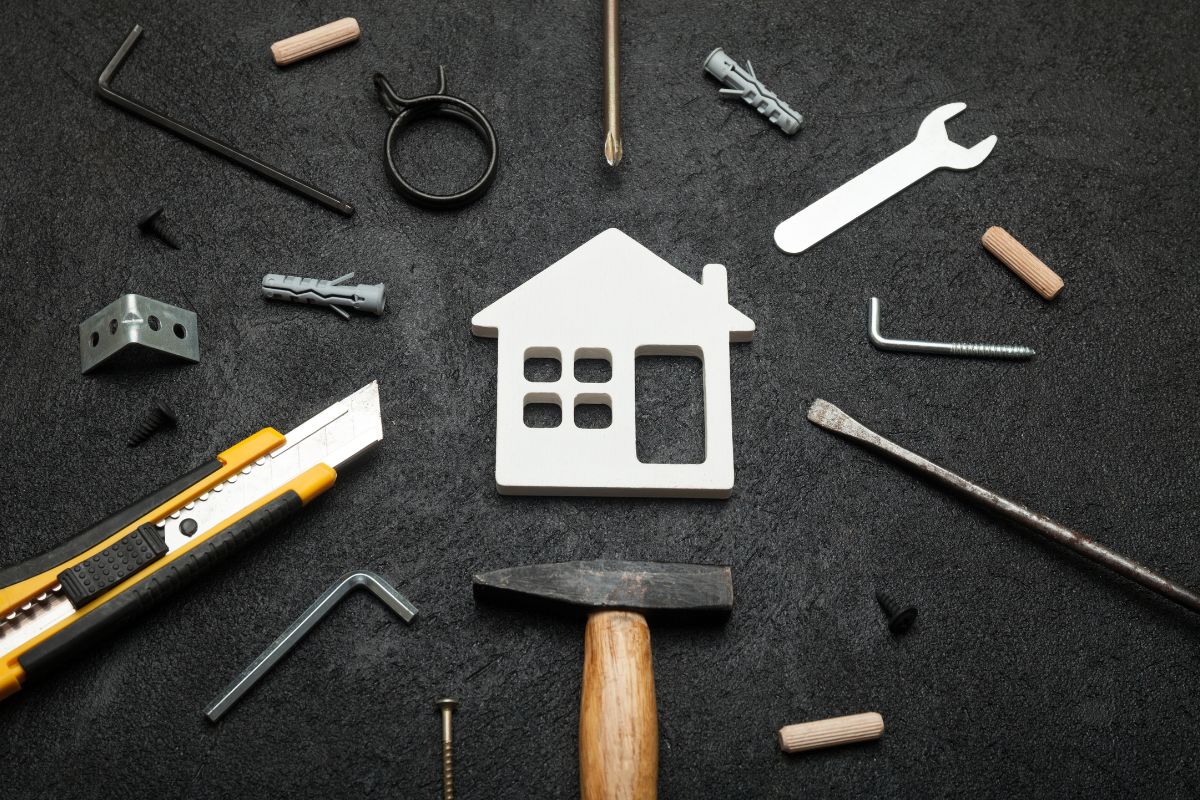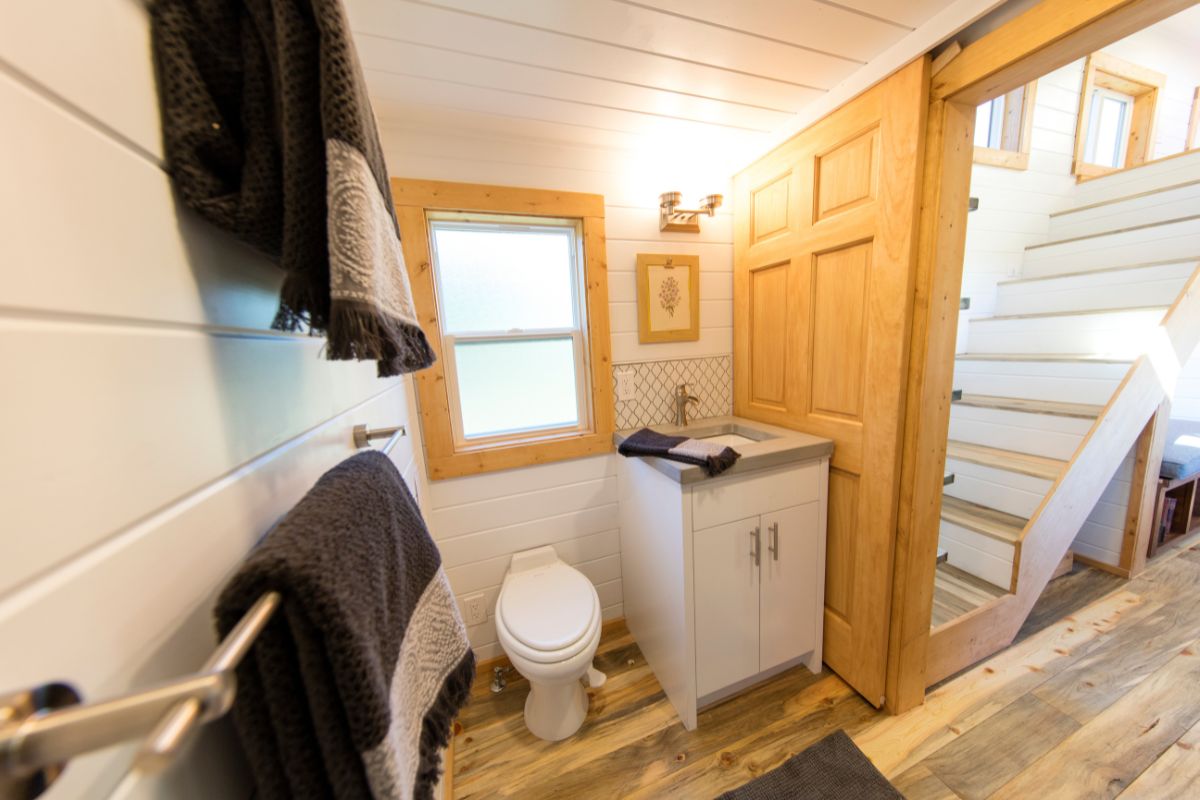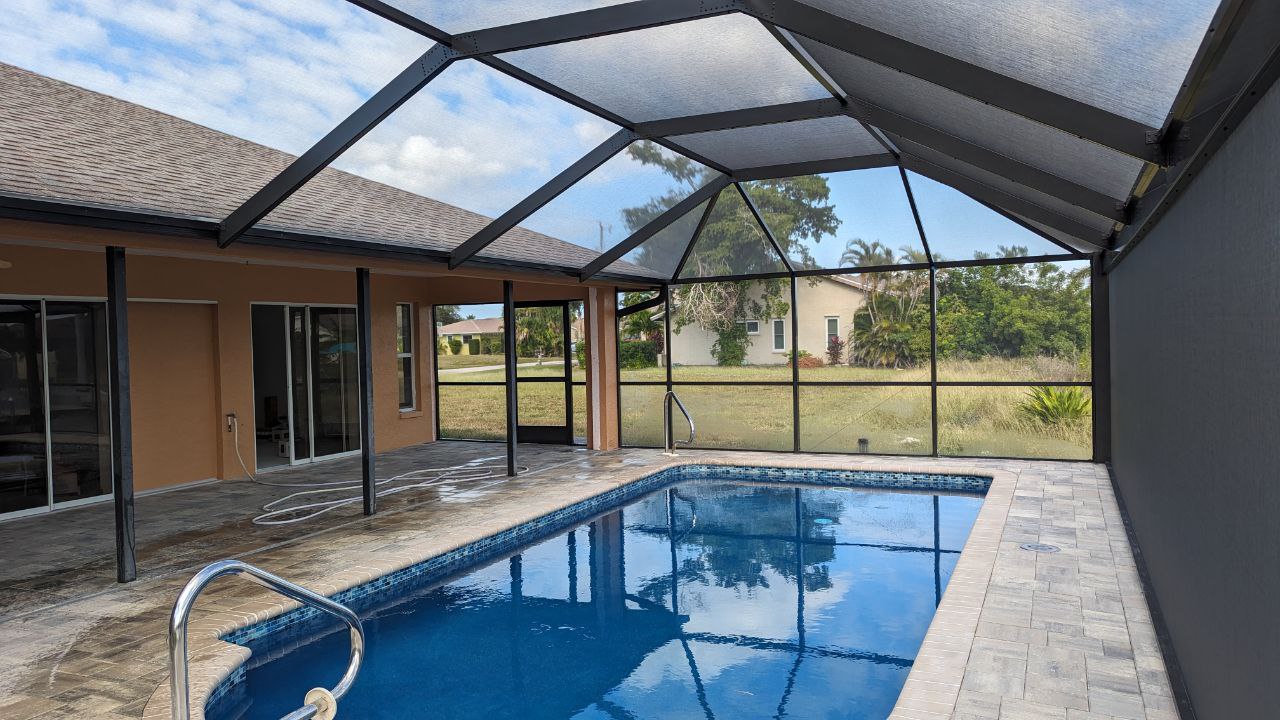The common belief is that tiny houses are budget-friendly by nature. While the total spend may be lower than a traditional build, the margin for error is far smaller. A handful of unplanned expenses can quickly consume that margin.
Material substitutions, code compliance issues, and added labor days often land without warning. Managing them calls for a framework that keeps spending in check through every stage. That framework starts with understanding the most common cost triggers, beginning with the design phase and the hidden risks of scope creep.
Understanding Scope Creep in Design Changes
The biggest budget disruptor in a minihouse build is scope creep. This happens when design changes pile up after construction begins. For example, swapping standard plywood for premium cedar halfway through raises costs and may require different fasteners, tools, or more labor time.
Preventing this starts with a locked-in design before ordering materials. Experienced builders often set a “decision freeze” date, beyond which changes require a written cost review. This approach helps stop minor design changes from snowballing into weeks of delays and costly overruns. When scope creep does push a project over budget, homeowners often rely on financing options to keep construction on track.
Some use personal credit lines, short-term construction loans, or refinancing for immediate cash. A roll over loan is another option to consider. It extends the repayment term on an existing loan, which lowers monthly payments, freeing up cash flow that can be redirected toward ongoing construction expenses. While it won’t cover an urgent same-day bill, it can help manage sustained overruns in the weeks or months ahead and keep the build progressing.
A quick reminder: borrowers should weigh the benefit of short-term breathing room against the higher total repayment cost before committing.

Factoring In Site Preparation Surprises
Building a tiny house means more than clearing a lot or pouring a pad. Soft or loose soil may require additional grading or compacting. Hidden tree roots or large rocks can require heavy machinery. In areas with strict zoning, there may be mandatory soil tests or utility connection requirements.
The smartest approach is to budget for site work with a 20–25% contingency from the start. That buffer absorbs the shock if excavation reveals unstable ground or if drainage modifications are necessary.
A builder who skips this planning can end up diverting funds from interior finishes just to make the foundation safe. Spending a bit extra up front on site assessment can protect the entire project budget.

Overlooked Mechanical and Utility Expenses
Tiny house budgets often underestimate mechanical systems. Compact plumbing layouts still require proper venting, insulation, and freeze protection in colder climates.
Moreover, panels, breakers, wiring, and safety compliance are part of every electrical system. A smaller home does not make these costs much cheaper. Solar or other off-grid systems only add to the work. A thorough cost plan itemizes every mechanical element separately. It also accounts for permits, inspections, and possible upgrades if local codes change mid-project.
Builders sometimes forget small but critical items like heat tape for water lines or low-clearance ducting for HVAC units. Those omissions do more than raise costs. They can also delay final inspections. Spotting these pitfalls early makes it possible to create a complete and realistic mechanical budget.
Material Price Fluctuations and Supply Chain Delays
Construction materials for tiny houses, such as lumber, insulation, and fasteners, often face price swings. A spike in plywood prices can add hundreds to a project, even for a small footprint. Shortages of specific components, like low-profile appliances or specialty windows, can cause delays that push labor costs higher.
Experienced builders monitor market trends for essential materials and purchase in bulk when price fluctuations are likely. This doesn’t mean stockpiling everything months ahead, but it does allow them to secure key materials at predictable prices before costs rise due to inflation or market volatility.
For custom or hard-to-source components, ordering well ahead of schedule prevents paying rush fees or settling for higher-priced substitutes. This proactive purchasing keeps the build moving and shields the budget from sudden price shocks.
Labor Overruns from Inaccurate Time Estimates
Even small builds can suffer from labor overruns. A project schedule that looks efficient on paper can unravel when specialized tasks take longer than expected. For instance, installing custom cabinetry in a tight space demands more precise cuts and fittings. A general carpenter might need extra days, and those days add direct labor costs plus any additional equipment rentals.
The most effective prevention is to base labor timelines on actual past build data, not ideal scenarios. Tracking how long each stage took on previous projects creates realistic scheduling.
Including a 10–15% time buffer helps absorb delays without breaking the budget. Without this level of accuracy, labor becomes one of the fastest-growing unplanned expenses in tiny house construction.

From This Project to the Next
When a builder masters the art of controlling unexpected costs, they do more than finish on budget. They set themselves up to handle the next project with sharper accuracy and fewer surprises. Every challenge faced today becomes part of the playbook for tomorrow’s success. That’s how small builds create big advantages.






Share: